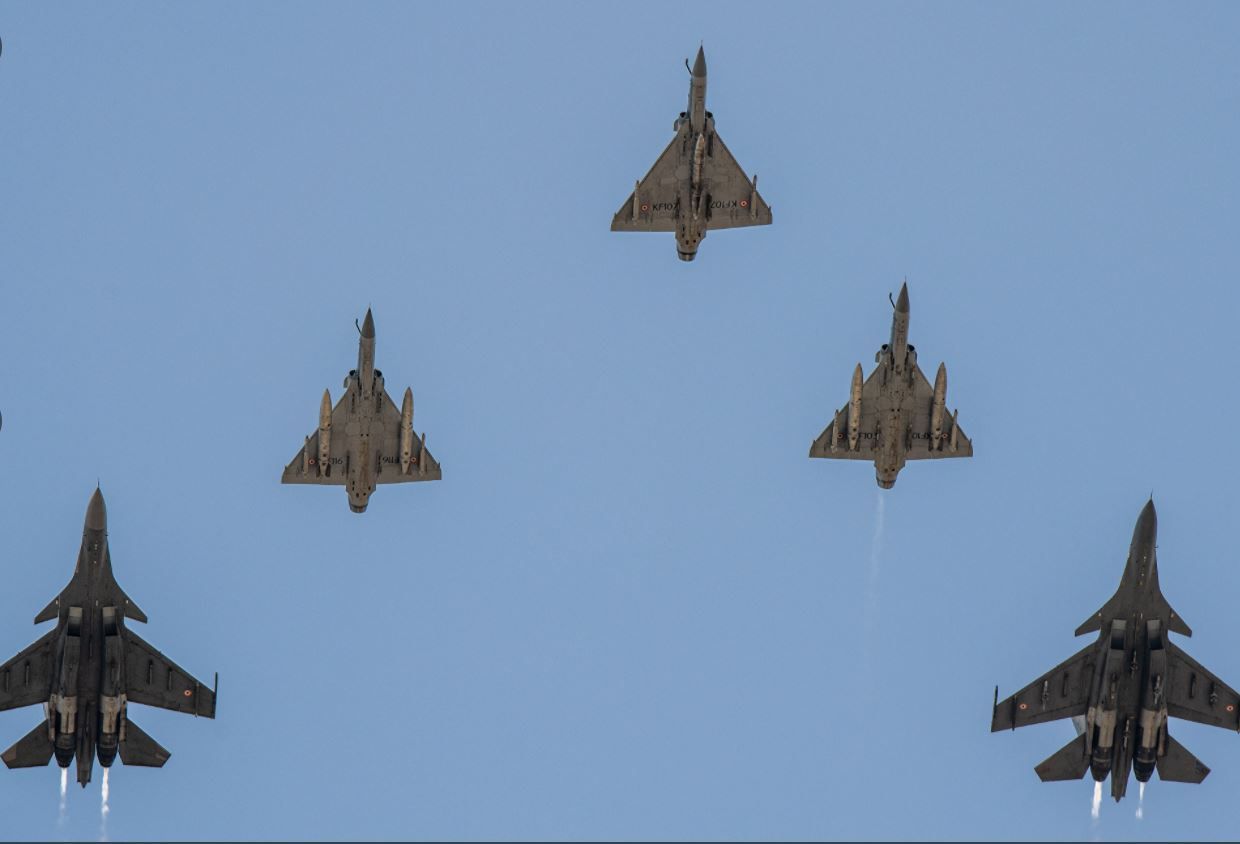

AIR STRIKE MANUAL
However, the extent to which these conventions apply in times of war is a point of debate.Ī group of experts tried to restate the law applicable to air warfare in the Manual on International Law Applicable to Air and Missile Warfare, along the lines of what the San Remo Manual did for naval warfare, taking new technological developments and the practice of major air forces into account. As for civil aviation, it is protected in time of peace by conventions banning the capture or destruction of civilian aircraft and defining a number of offences against civilian aircraft that may occur on board or in airports. The latter point was recalled by the Assembly of the League of Nations, which adopted a resolution to that effect 15 years later. Certain rules defined in that instrument – such as the distinction between military aircraft and other aircraft, and the prohibition of bombing targets other than military objectives – remain crucial. Although those rules were never ratified by States, large parts are considered to be customary law binding on the whole of the international community. The Rules concerning the Control of Wireless Telegraphy in Time of War and Air Warfare (commonly referred to as the Hague Rules) were drafted in 19. After the First World War another specific instrument was drafted. The Hague Declaration of 1907 prohibited the discharge of projectiles and explosives from balloons or other similar new methods at a time when air technology was not sufficiently advanced to permit the precise targeting of objectives to be destroyed. The legal instruments specifically dealing with the subject of air warfare are thus few in number and limited in effect. Nonetheless, the problems posed by air warfare have far more to do with traditional concepts of the laws of war on land (target selection, principles of proportionality and discrimination, etc.) than with the specificities of air combat in the strict sense of the term. Technological developments such as electronic means of target recognition and evaluation, “intelligent” munitions or unmanned aerial vehicles may promote respect for traditional principles, but they can also give the individuals who have to apply the rules an illusion of diminished responsibility with regard to respecting IHL. Initially used for reconnaissance (airships at the end of the nineteenth century), then gradually as a powerful strike force during the twentieth century, air power has more recently been a vital instrument in the “zero-casualty” wars conducted by the United States and its allies, a doctrine aimed at eliminating war on land or subordinating it to air strikes (the main examples being the Gulf War in 1991, strikes against the Federal Republic of Yugoslavia in 1999, and, to a certain extent, air strikes in Afghanistan in 2001/02 and in Iraq in 2003). The continuous and rapid technological progress being made in the area of aviation, the key role played by air forces in present-day warfare and the economic importance of this sector of the armaments industry explain the difficulties encountered in perfecting treaty provisions specifically governing air warfare.Īir warfare has evolved considerably in line with technological advances. Attacks on targets on land from the air, as well as those that may otherwise affect civilians or civilian objects on land, both of which have the greatest humanitarian consequences, are governed by the detailed rules regarding the conduct of hostilities.

Specific IHL on air warfare governs only attacks against targets in the air and the protection of aircraft.


 0 kommentar(er)
0 kommentar(er)
